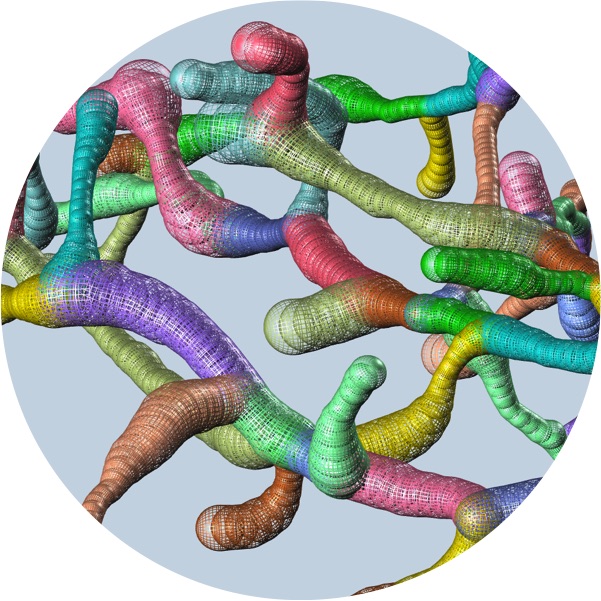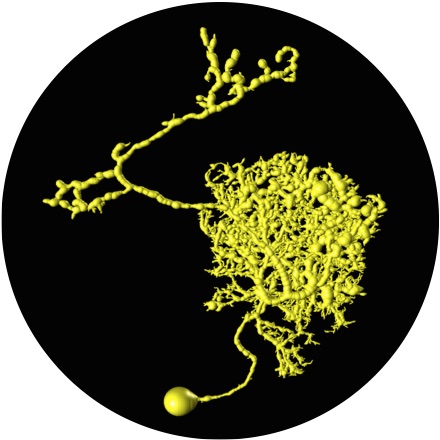SEU-Allen Joint Center

The Challenge
Although 100+ years have passed since Santiago Ramón y Cajal was awarded the Nobel Prize for the neuron doctrine, we still lack an accepted catalog of neuron types and their names. This remains an important challenge, as it is a major goal of neuroscience to understand the relationship between the algorithms implemented by the brain and the hardware used to implement them. The 3D shape of a neuron—including its dendritic and axonal arbors — is central to determining its identity (phenotype), connectivity, synaptic integration, firing properties, and ultimately its role in the neural circuit. Characterizing and understanding the 3D morphology of individual neurons is fundamentally important for elucidating the breadth of neuronal diversity. Recent major neuroscience initiatives worldwide, such as the U.S. BRAIN Initiative, Europe’s Human Brain Project, and the Allen Cell Types Database are all based on the importance of understanding the diversity of cell types as a step toward elucidating the relationship between the structure and function in the nervous system. Quantifying the morphology of neurons and other tree-shaped biological structures (e.g., glial cells, brain vasculature, etc.) has been the focus of numerous studies over the past 30 years. Yet a systematic characterization of even simple brain circuits at the level of individual neurons is still limited by the lack of a robust system for fast and accurate reconstruction of neuronal branching arbors.

The SEU-Allen Approach
The Southeast University - Allen Institute Joint Center is a newly established facility for production and analysis of very large scale, multi-dimensional neuron data at the whole-brain level. This research center is sponsored mainly by the Southeast University (China), which has the best biomedical engineering program in the country, and the Allen Institute for Brain Science (USA), which is a leader in large-scale brain science projects. This research center positions itself to focus on cutting-edge research and production of a vast amount of the very complex structures of the basic building blocks of brains, i.e. neurons. To achieve its goal, this center puts together teams of biologists, data scientists, software engineers from different organizations to work very closely, who occupy the same space, interact with each other on a daily basis, and share the common goals of research and development. Powered by Big Data visualization and interaction systems and supercomputing-capability, this research center integrates and further develops a number of novel technologies, most of them are Open Source, including multi-dimensional imaging data analysis platform, virtual reality, artificial intelligence, etc. This research center operates using a model of Open, Big, Team Science.